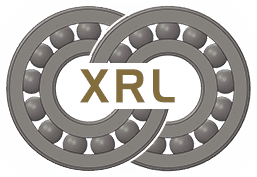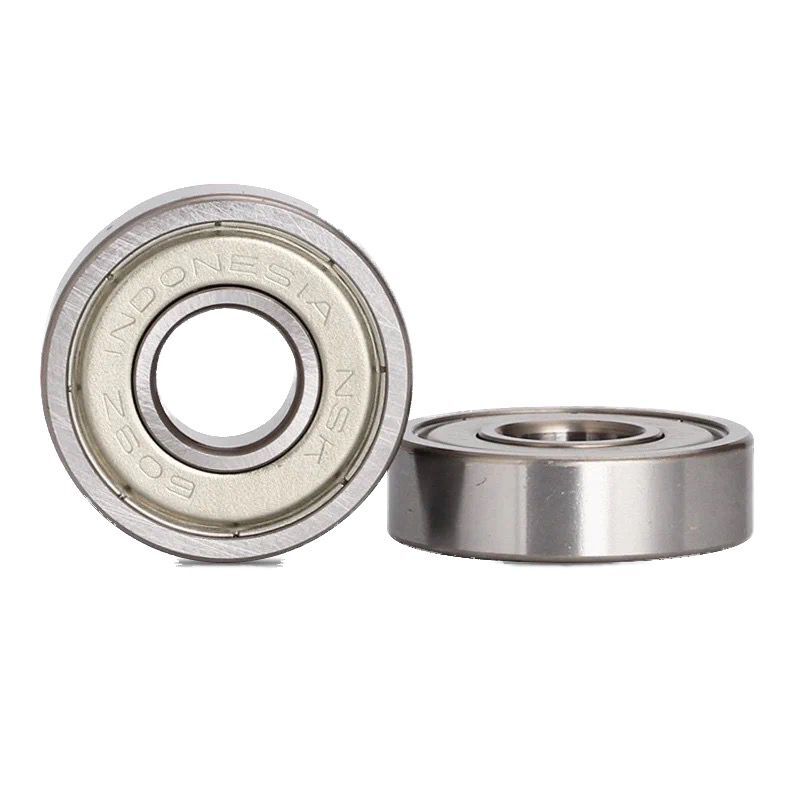XRL gyroscope-specific super-precision ball bearings (1) Gyroscope and gyroscope-specific bearings Table 11 Types and applicable conditions of gyroscope-specific bearings Purposes Main bearing types for rotor-specific gimbals NSK angular contact ball bearings, end cover ball bearings deep Groove ball bearings, other special shape bearings Applicable conditions example 12 000, 24 000 min-1 or 36 000 min-160 ~ 80 °C ± 2 °C swing in helium at room temperature ~ 80 °C Silicone oil or input shaft in the atmosphere Gyro Rotor Gimbal Output Shaft Gimbal Support Bearing Rotor Support Bearing Rotary Shaft (H) Spring or Torque Meter Vibration Absorber Figure 2 Types of Gyroscopes 1 Degree of Freedom Gyroscope Rotor Support Bearing Gimbal Support Bearing Gimbal Support Bearing 2-degree-of-freedom gyroscopes Special-purpose ball bearings are used to detect the navigational orientation and angular velocity of aircrafts, ships, etc., and are structurally divided into 1-degree-of-freedom and 2-degree-of-freedom gyroscopes ( See Figure 2).
Since the characteristics of the bearings used greatly affect the performance of the gyroscope, it is required to select the best performance products among NSK ultra-precision miniature bearings. Both the bearings supporting the high-speed rotor shaft and its outer frame (gimbal) should have a stable low frictional moment. The main types and applicable conditions of special rolling bearings for gyroscopes are shown in Table 11. The rotor and gimbal support bearings are mainly made of inch super-precision bearings, and their main dimensions and NSK representative models are shown in Table 12 (page B75). In addition, there are many special bearings for gyroscopes with special shapes. (2) Characteristics of gyroscope bearing Special bearing for rotor Special bearing for gimbal Fig. 4 An example of end cover ball bearing Fig. 3 Oil quantity and torque Oil 1 drop r/min concentration 1%1 drop concentration 0.5%1 drop concentration 0.2%1 Special bearings for drip rotors require extremely low torque and long-term stability during high-speed rotation. Therefore, oil-filled cages are often used. There is also a lubricating method that uses solvent-dissolved lubricating oil to inject bearings, but because the friction torque is affected by the amount of oil, an appropriate concentration must be adjusted (see Figure 3). The amount of oil can be adjusted by centrifugal separation to obtain stable torque. As for the bearing type, there are also special-shaped bearings in which the end cover and the outer ring are integrated (see Figure 4).
The special bearing for the gimbal acts as the output shaft, which must have low frictional torque and vibration resistance. Table 13 lists the maximum starting torque of representative bearings, and a lower starting torque can be obtained by finishing the raceway and specially designing the cage. In addition, in order to prevent fretting wear caused by external vibration, the surface coating hardening treatment is carried out on the raceway to improve the anti-vibration performance
Post time: Nov-18-2022

